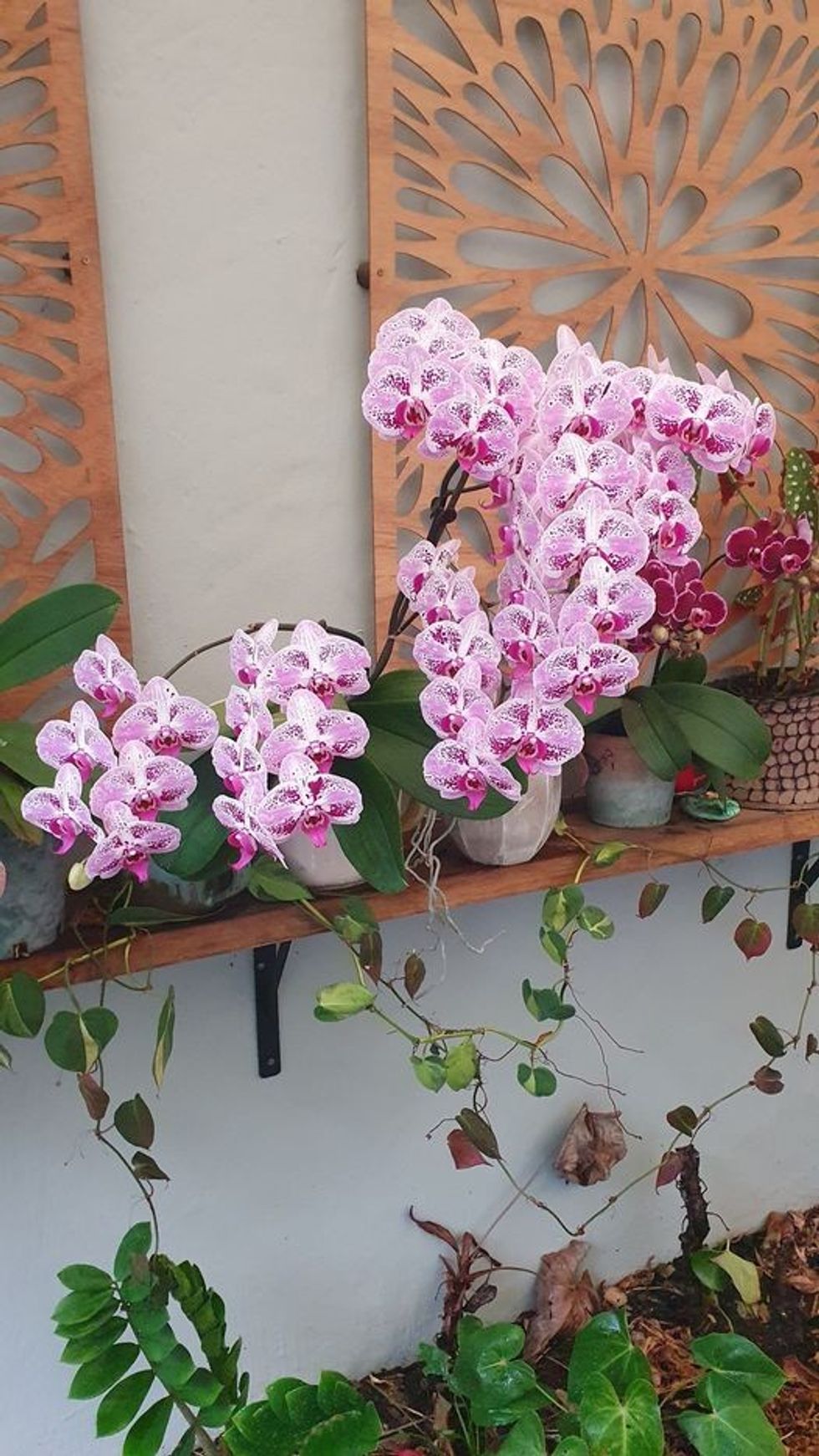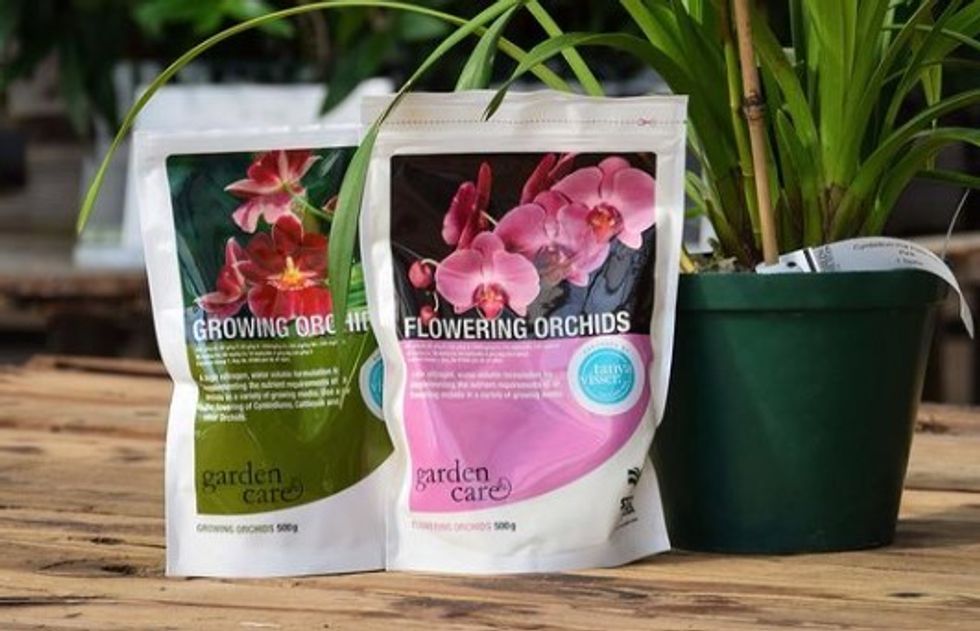The gardener uses two products from Starke Ayres
GETTY
The right fertilisation technique will reward plant owners with vibrant, long-lasting blooms
Don't Miss
Most Read
Trending on GB News
Orchids have long captivated plant lovers around the world with their exotic beauty, and it’s easy to see why.
The plants have specific care requirements that may be challenging for novice gardeners, however.
One element of orchid care that requires careful attention is fertilisation, as finding the right feeding technique is crucial for the plant’s health.
Taking to the Facebook group Orchid Tips and Tricks, an orchid enthusiast claims he found success using two types of fertilisers.

The gardener claim his orchid has pushed out 50 blooms
FACEBOOK / ORCHID TRICKS AND TIPS
According to Johannes Van Aswegen, his orchid has produced 50 blooms thanks to fertilisers from Starke Ayres.
The orchid enthusiast wrote: “I feed them these every 3rd watering, once a week in summer and in winter I only water them every three weeks.”
The products Johannes uses are a low nitrogen water soluble fertiliser called Flowering Orchids Plant Food and Growing Orchid Plant Food.
According to the brand, these products are “specially formulated, concentrated and balanced general fertilisers suitable for pot plants, roses, ornamental shrubs, vegetables and fruit trees”.
Proper timing and quantity are essential for the optimum health and blooming of orchids and will ensure they produce stunning blooms for years.
Instructions may vary for different types of fertiliser, but as a rule of thumb, it’s recommended that fertiliser be applied every two to four weeks during the growing season.
The frequency of fertilisation should then be reduced during the winter. Furthermore, the plant should always be watered after fertilisation to prevent root burn.
Orchid owners are urged to remember that less is often more when it comes to orchids.
Like most houseplants, orchids prefer bright lighting but do not like to sit in direct sun.
Increasing light levels will also facilitate the flowering of orchids if the plant is placed farther from a window, preferably within an east or west exposure.
LATEST DEVELOPMENTS

The gardener uses two products from Starke Ayres
DARLING ORCHIDS
Experts at the Royal Horticultural Society explained: “Some orchids are difficult to coax into bloom more than once, especially if you’re growing them in the house.
“But there’s one easy trick that helps enormously: make sure the temperature at night is lower than the day temperature.
“Moth orchids are the easiest and most popular, but various others are increasingly widely available and affordable.
“Most like bright but not direct light, and often fairly humid air or regular misting.”








